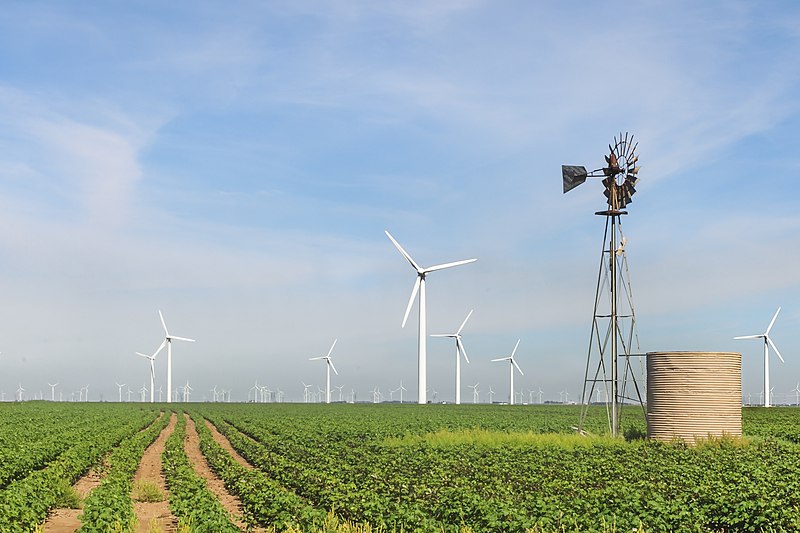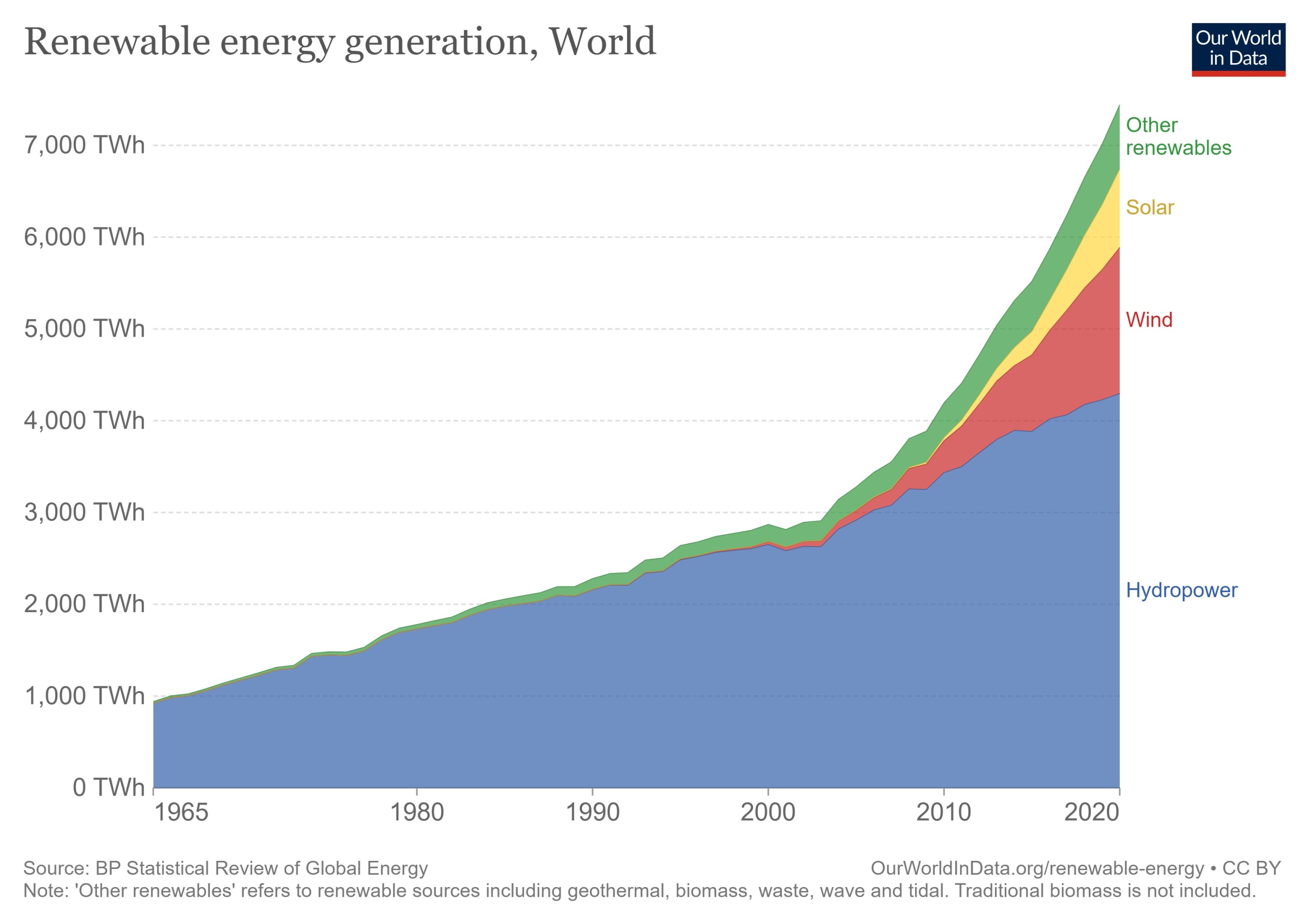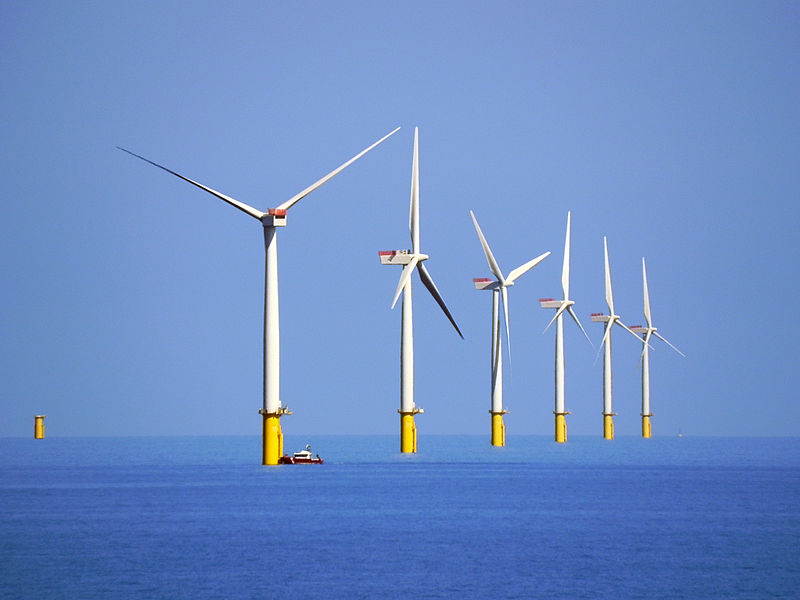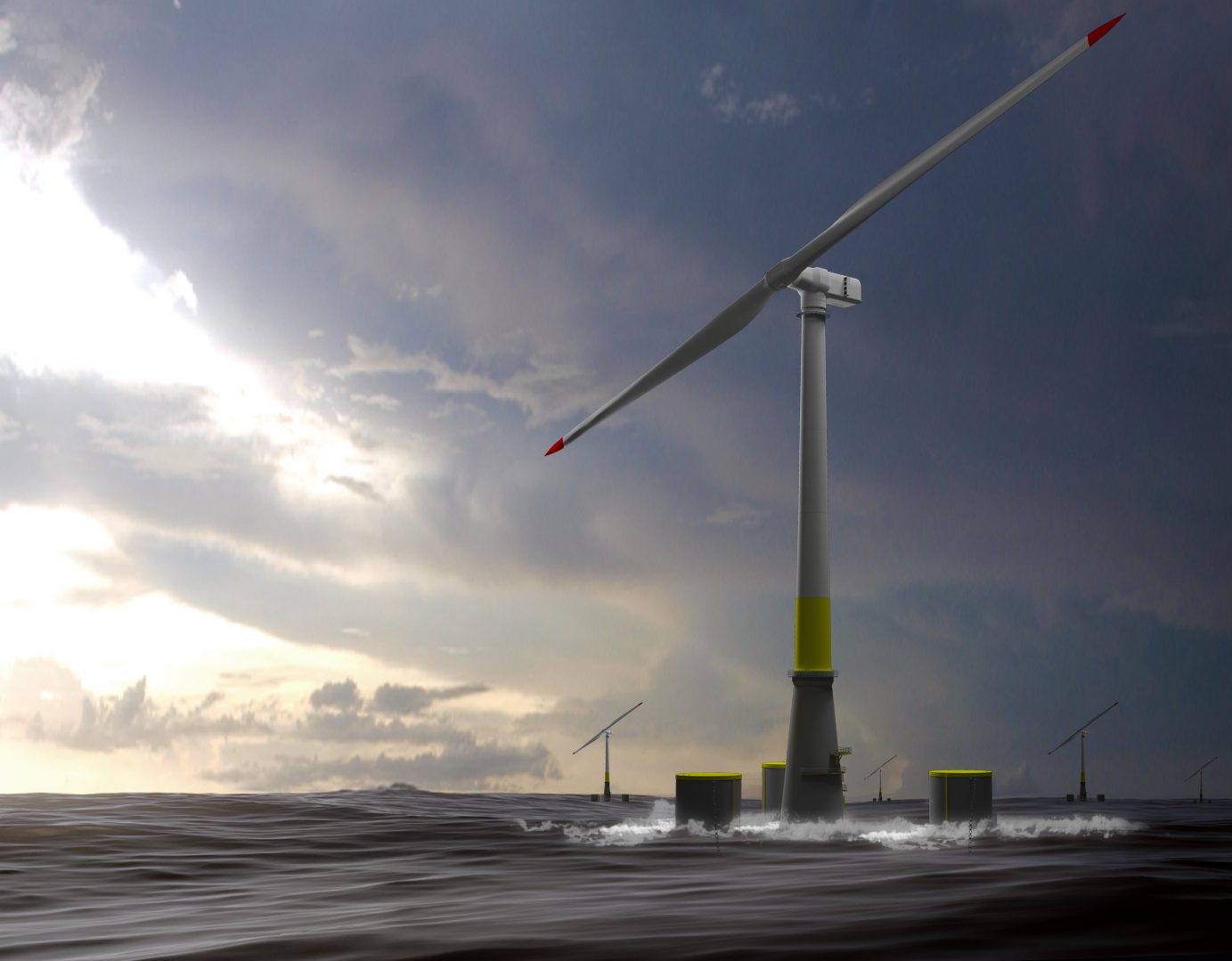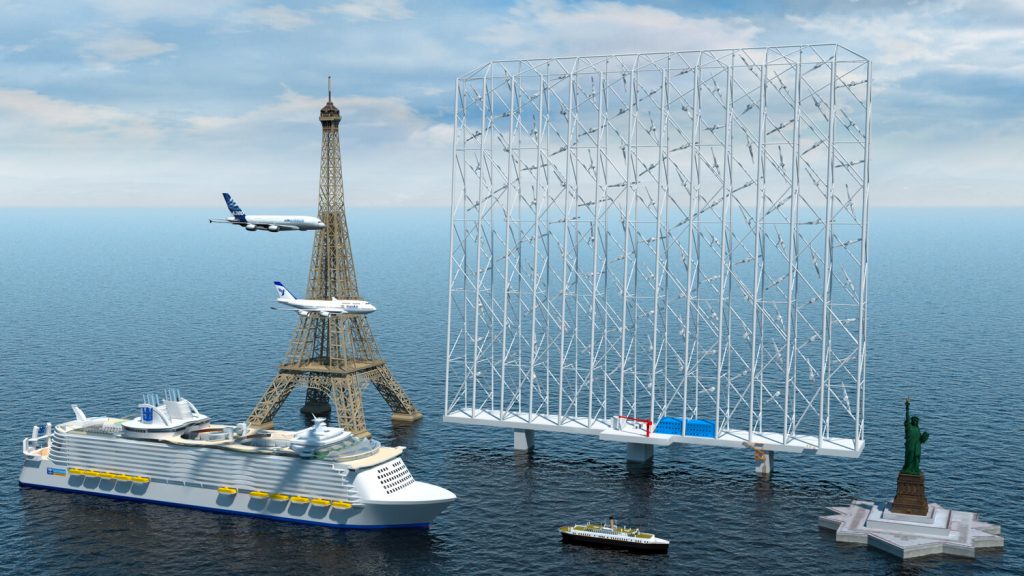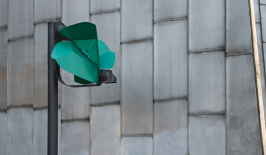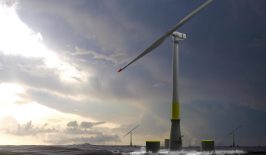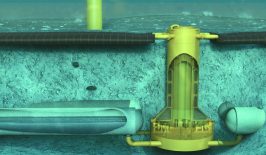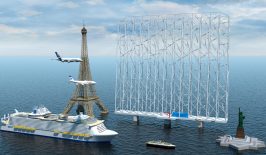When it comes to power sources, few are older than wind power. As early as 5,000BC, humans were harnessing the wind to sail ships and boats along the Nile. Centuries later wind power was being used to mill grain, drain swamps and cut wood. Even in the early 20th century, windpumps and generators would have been familiar sights to rural Americans living on ranches and farmsteads away from the large metropolises.
However, the spread of industrialisation, urbanisation and electrification soon outstripped wind power. Fossil fuels were now turned to provide the huge amounts of power needed for growing cities and transport networks. Those old power generators of the 1920s and 30s became forlorn, rusted antiques.
But it was not long before the wind made a comeback. Oil shortages in the 1970s, spurred on by the volatile political conditions in many oil producing states, led to a renewed appreciation for humble wind. By the 1990s, environmental concerns and government subsidies spurred a new generation of windmills, as turbines began to spread across hills – or appeared offshore.
Wind Power in the 2020s
By 2022, wind power is now one of the cornerstones of renewable energy generation. Globally, it is second only to hydropower in terms of power generated, although in many states where hydropower is less available, wind is the primary source of renewable energy.
It is also one of the fastest increasing sources. In 2000, only 31 terawatt hours (TWh) of electricity were produced globally. In 2020, that figure was 1,591 TWh, outstripping solar by almost double. Certain major polluters have also turned to wind in a big way. In 2020, China increased its wind generation by 68.8 gigawatts, compared to an increase of only 23.8 gigawatts in 2019. Its 2020 increase was larger than the rest of the world combined.
The US too is also getting in on the wind action, especially in its offshore version. In October 2021, President Joe Biden announced plans to develop new offshore wind farms along almost the entire coastline of the US. As a result of this, the US expects to generate 38 gigawatts of electricity from offshore wind by 2040.
Of course, this expansion of wind power is good news, especially considering the latest United Nations Intergovernmental Panel on Climate Change report from April 2022. It laid out a long list of technologies and their potential impact on reducing emissions over the next decade. Far out at the top of the list were renewable energies such as solar and wind power. Not only do they each have the potential to remove around 4 gigatons of carbon per year, but they are also the most cost efficient technologies listed.
But this information also has to be put into context. According to the IEA, wind power is still far below what is needed to achieve a net zero scenario by 2030. In their calculations, wind would have to provide around 8,008 TWh by the end of this decade, a figure that is far outside the current rate of increase.
Although wind is a tried and tested source of power, it also comes with longstanding challenges. Overcoming these issues will be necessary if wind power is to achieve the lofty expectations set by the IPCC.
The Challenges for Wind
The first and foremost challenge for wind is its intermittent nature – an issue that has long dogged many sources of renewable power. Quite simply, the wind doesn’t blow all the time. Wind has an advantage over solar in that it can operate at night, but is also disadvantaged by the fact that entire days may be devoid of strong winds.
One solution to this issue is to construct wind turbines where wind is more prevalent, such as over the seas and oceans. Offshore wind farms first arrived in the early 1990s, but currently they are only responsible for around 7 percent of all wind power. But as Biden’s above project shows, investors and states are increasingly looking to offshore as the future of wind. For example, in 2019, Germany invested more in offshore power than onshore for the first time.
This shift is largely a reaction to the limitations of onshore wind. Not only are they affected by intermittent wind conditions, but onshore wind farms are also difficult to scale. Building large turbines on land requires space, while the larger a wind farm becomes, the less efficiently it produces energy. This is due to the ‘park’ or ‘wake effect’, in which wind turbines disrupt the airflow over an area, meaning turbines further back receive less wind and generate less electricity.
Generally speaking, offshore wind farms are more efficient than onshore ones. Ocean winds tend to be stronger and more consistent both in terms of speed and direction. Whereas an onshore turbine generates around 2.5 to 3 megawatts of power, an offshore turbine averages around 3.6 megawatts. Offshore farms are also less limited in terms of space, reducing the ‘wake effect’ – although the North and Baltic Seas are reportedly becoming more ‘crowded’.
The big downside, however, is cost. Building an offshore turbine is much more expensive than an onshore one, as is maintenance and infrastructure. The stronger winds offshore can also sometimes be too strong, resulting in turbines being shut down to avoid damage. Power must also be transmitted back to land in the form of DC current, which must then be converted to AC for use. This requires extra infrastructure and, predictably, extra expense. In some cases, Germany’s offshore wind farms produced too much energy for the land-based grid to handle.
However, new technologies are being developed to make offshore wind more viable, efficient and cost effective. For example, wind startup Seawind Technologies has developed an innovative twin-blade rotor which can handle even the harshest winds the ocean can throw at it. Thanks to a revolutionary teetering hinge mechanism, the Seawind 6-126 model can withstand cyclone conditions of up to 325 kilometres an hour, and generate an average of 6.2 megawatts in ideal conditions. Its bigger brother, the Seawind 12 doubles this.
Another design from Norway’s Wind Catching Systems tackles the problem another way. Instead of building single large turbines, it suggests networking over 100 smaller turbines together into a single massive structure. The startup suggests this doubles the power generated as well as cuts down on maintenance and construction costs.
Both of these designs employ floating technology, significantly cutting down on construction requirements, and allowing turbines to be installed in ultra-deep waters where winds tend to be strongest and space more available. But there are also other ways wind can be used at sea. One project has suggested developing artificial islands to support wind farms, allowing the conversion and maintenance infrastructure to be closer to the turbines, although this is unlikely to reduce costs in the short term. There has also been progress towards creating new innovative energy storage solutions for offshore wind farms, such as underwater hydroelectric ‘batteries’.
Wind power at sea is also not limited to static turbines. Other researchers and companies have suggested a return to the ‘Age of Sail’ might be on the horizon. Several companies are working to develop wind generators for large cargo ships, ultimately cutting down on their carbon emissions and fuel costs. Designs include cylindrical turbines or kite generators attached to the bow of a ship. Indeed, kite-based generators are already being touted by some experts as the future of wind power.
The Future of Wind
Of course, all of this does not mean the future of wind is entirely offshore. Onshore wind farms, due to their lower cost and familiarity, are still the bedrock of the sector. Despite Germany’s recent flirtation with offshore, onshore wind is still getting loving attention. The new government coalition recently promised 2 percent of federal land would be dedicated to wind power.
Furthermore, the recent US and Chinese explosion in offshore projects in 2020 also has less to do with a long term dedication to the concept, and more to do with government bureaucracy. In China, many developers rushed to finish projects by their 2020 deadline, resulting in a huge statistical spike for that year, while similarly, expansion in the US was closely tied to the imminent expiration of government grants. So, although 2020 made for impressive reading, investment has trailed off in 2021 and 2022. Germany too did not install a single offshore wind turbine in 2021.
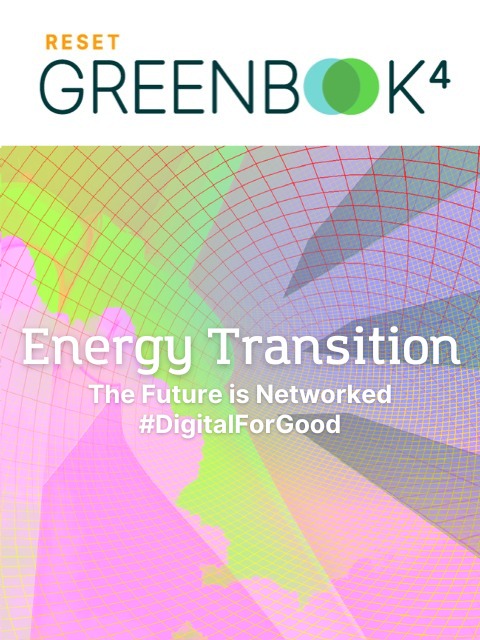
The 1.5 degree target is unattainable without a real transformation of our energy system. But how can it succeed? What are the energy sources of the future? What digital solutions are ready and where are innovations needed? And how can the transformation be driven forward?
The RESET Greenbook “Energy Transition – The Future is Networked” presents digital, innovative solutions and sheds light on the background.
Onshore wind also has one significant advantage over its offshore cousin. It is more accessible to individuals and energy collectives. Communities could start using wind turbines to create grassroot energy sharing initiatives backed by civic technology and a new approach to power generation. Solar has already been used in this regard, but the development of small scale turbines could also see wind becoming an attractive source of alternative energy for those living in reliably windy conditions.
Unfortunately, however, wind power is much more controversial than solar, resulting in some public aversion to the expansion of wind farms. Even in ‘wind friendly’ nations such as Germany, government regulations and red tape – developed as a result of public concerns – can greatly limit wind power’s potential. Concerns (largely unfounded) over aesthetics, noise and the impact on birds means developing new wind farms comes with reams of limitations. For example, in Bavaria, a wind turbine cannot be any closer than ten times its height to a residential area, limiting their usefulness for community projects. Although small scale experimental turbines are not limited by this rule, they must adhere to limitations on their power output, once again reducing their viability. Some German turbine manufacturers have already warned they may leave the country in favour of less bureaucratically stringent nations.
Ultimately, if wind is to reach the lofty levels expected of it, not only will new technologies need to come to fruition, but both government bureaucrats and the public at large may need to develop a new appreciation for one of mankind’s oldest sources of power.
